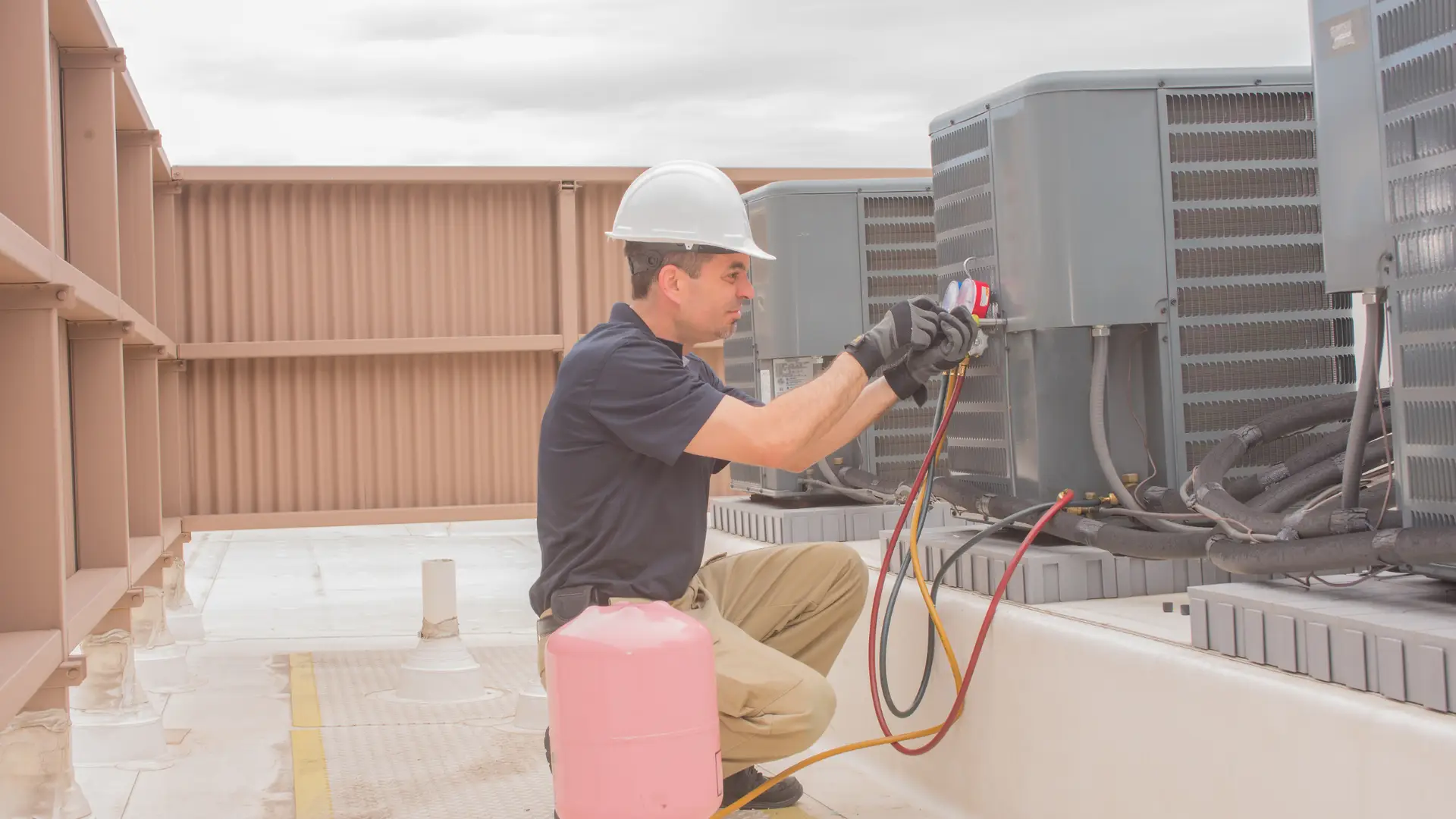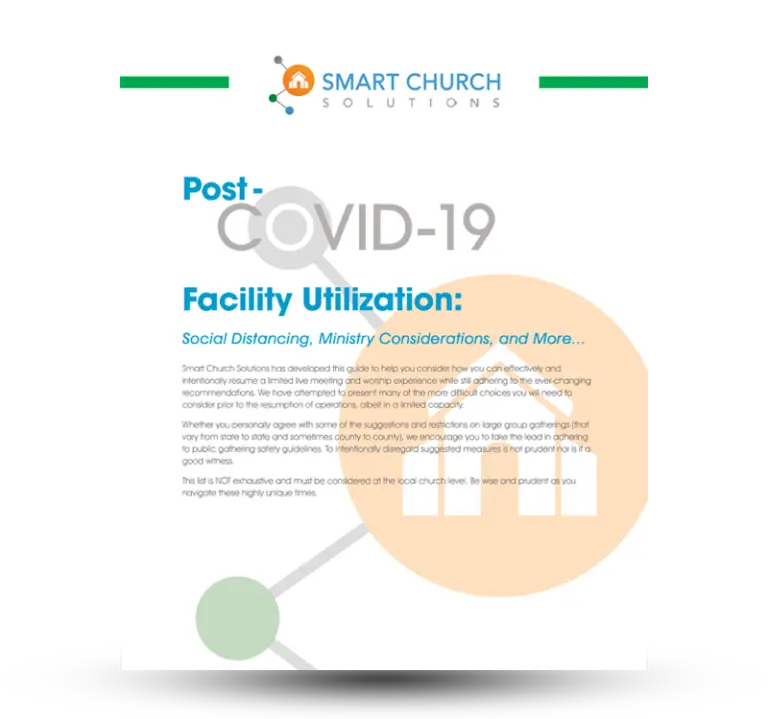Let’s get right to the point. There are two types of facility maintenance: reactive maintenance and preventative maintenance.
According to Wikipedia, preventive maintenance is defined as the following:
“The care and servicing by personnel for the purpose of maintaining equipment and facilities in satisfactory operating condition by providing for systematic inspection, detection, and correction of incipient failures either before they occur or before they develop into major defects. Maintenance, including tests, measurements, adjustments, and parts replacement, performed specifically to prevent faults from occurring.“
Preventative Maintenance vs. Reactive Maintenance
Preventive maintenance refers to a series of actions performed on either a time-based schedule or a schedule based on “run-time” or use. These actions detect, preclude, or mitigate the degradation of a system or facility. The ultimate goal of a preventive maintenance process is to minimize deterioration and loss of use of a facility and its systems to sustain or extend their life. This, in turn, saves dollars that can be used for other ministry initiatives.
On the other hand, reactive maintenance (sometimes referred to as corrective maintenance) is just what its name implies. The method involves waiting until there is a problem and then reacting to correct the problem. This would be like driving your car and not changing the oil until the engine seizes up. We would all agree doing that to our cars is unthinkable and a waste of money. The cost of replacing our car’s engine far exceeds the cost of regular oil changes. Yet, when was the last time you had the motors of your HVAC system lubricated or the coils cleaned?
To keep it simple:
- Preventive maintenance is conducted to keep systems and facilities working and living longer.
- Reactive/corrective maintenance is conducted to get equipment working again once it stops functioning.
Preventative Maintenance Isn’t a New Idea
History tells us that it was the U.S. Navy that pioneered Preventive Maintenance to increase the reliability of its vessels. Since then, many other industries and property holding owners have seen the wisdom in preventive maintenance. When we allocate the necessary resources for preventive maintenance, we increase efficiency, reliability and extend “life” expectancy.
Additionally, preventative maintenance programs result in significant savings. Studies indicate these savings can amount to 15% to almost 20%. Another study revealed that a building—any building—will deteriorate at a rate of 1%-2% per year. However, if the preventive maintenance is not performed as it should be, the rate of deterioration is compounded to a factor closer to 5% per year. Preventative maintenance, like lubrication and filter changes, will generally allow the systems and equipment to run more efficiently and result in even more dollar savings. While preventive maintenance cannot guarantee that you will never experience a catastrophic equipment or system failure, it will decrease the number of failures, downtime, and distractions of the ministry staff and volunteers.
A Deferred Maintenance Deficit
In a recent study commissioned by the South Carolina Public Colleges and Universities, their “deferred maintenance” (items they elected to not do preventive maintenance on but instead wait until it needed corrective maintenance) approach had put them in a financial deficit of over $600 million. The study cited two main issues for the deferred maintenance deficit:
- Underfunding for routine maintenance, which caused neglect that allowed minor repair work to evolve into more serious conditions.
- The failure to take care of the major repair and/or restore facilities or building components that have reached the end of their useful life.
Then, they compared the current study to one a decade ago. Several factors were attributed to the deferred maintenance deficit, such as:
- The rate of inflation. A deficiency will cost more to repair next year than it would this year due to increases in labor and material costs and further overall deterioration.
- The rate of overall plant deterioration. Facilities are in a constant state of deterioration. While identified problems are being corrected, other problems occur.
- The rate of deferred maintenance deterioration. As stated above, facilities deteriorate at an average of 1%-2% per year. When maintenance is deferred, the rate of deterioration increases to about 5% per year (Eric Melvin, Plan, Predict, Prevent in public: How to reinvent in Public Buildings, American Public Works Association, Chicago, 1992). NOTE: That is 2-3 times the average rate of deterioration.
- The lack of sufficient funds for maintenance. During periods of budget cuts and tight funds, routine maintenance competes for what appears to be more urgent needs of staff, mission giving and ministry operation costs, or even new construction projects.
Conclusion: Preventative Maintenance Wins
Deferred maintenance will always cost you more. Personally, it is painful for me to watch a church or organization enter into a new construction project while being poor stewards of the resources they have already been blessed with by God.
How are you and your church stewarding what God has given you? If you are uneasy after reading this post, I recommend contacting our team today to help you reposition yourself as a facility steward.








